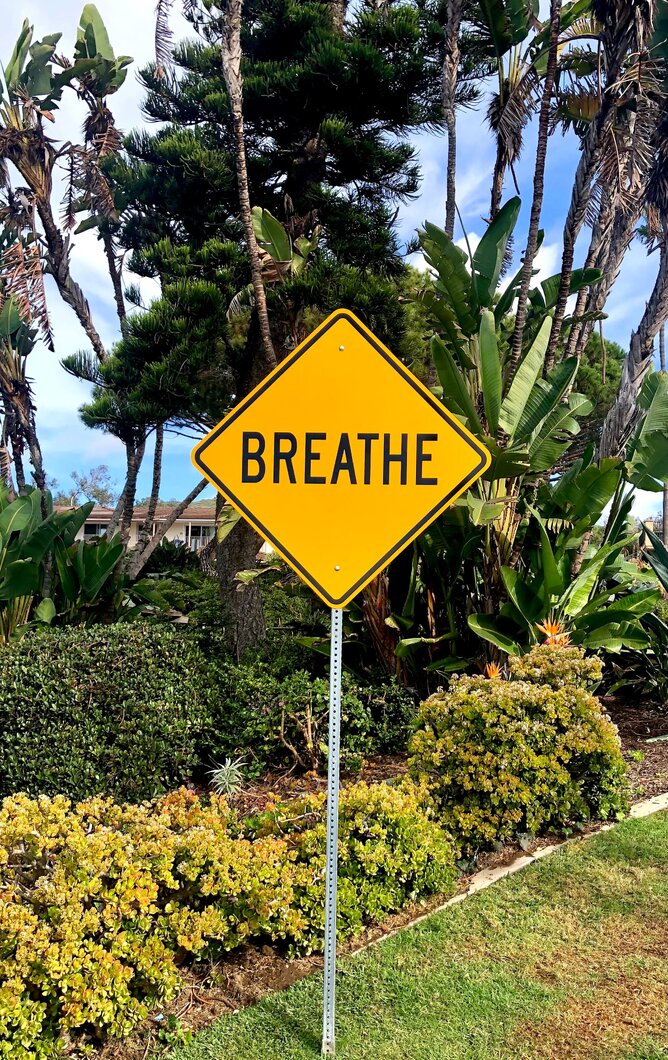Can Pilates help recovery from C19 and other respiratory diseases ?
Pilates has a unique approach to breathing that can help us to recover from C19 and improve outcomes for other respiratory diseases. Here at Turning Tide Pilates we teach two main approaches to breathing. Belly breathing and lateral breathing. There are some key points with both types of breathing.
We slow the breath down
We breath in through the nose
We lengthen our exhales
We consciously activate the accessory breathing muscles or core muscles
Slowing the breath and
Especially slowing the out breath
What is Belly Breathing ? Why is it good for me ?
Slower breathing and allowing the belly to move while we breathe (belly breathing) calms the nervous system, quiets the mind, slows the heart rate and relaxes the diaphragm allowing more breath flow. Belly breathing is also a building block for feeling the deep core muscles and how they support the spine and trunk, especially as air leaves the body. A stronger exhale helps to activate the core muscles and helps empty the lungs more fully, encouraging rib movement and increased lung capacity.
What are the benefits of Pilates Breathing to recovery ?
Strengthening the core muscles is another bonus from Belly breathing and Lateral breathing.When we are unwell and the respiratory system is affected, our breath becomes shallow and painful. Our lung capacity and our posture is affected. The position of the head and neck becomes compromised, the shoulders are high and narrow, the chest is out and the neck extends forward and the chin pokes. We struggle to breathe in.
Why is exhaling so important ?
But the key to being able to breathe in more fully is to train the exhale.
As Joe Pilates said in his memorable German inflected English “ You have to out the breath to in the breath” In other words we can improve our lung capacity and the health of the diaphragm by learning to breath out more fully.
Full out breaths also clear and clean the lungs allowing them to supply more carbon dioxide and oxygen to the cells and to expel water vapour and stale air sitting in the far reaches of the lungs.
What is Lateral breathing ?
The main breathing technique we use in Pilates whether Mat Pilates or Reformer Pilates or Wunda chair, Cadillac or Barrel work is called lateral breathing. The important aspects of lateral breathing are the same, as for Belly breathing.
But a very important difference from belly breathing technique makes the lateral breath even more effective for increasing lung capacity and healthy breathing. In lateral breathing we restrict the movement of the belly for the in breath. When the belly is held still by slightly contracting the core muscles, the incoming air forces the ribcage to expand. Movement in the ribcage allows more air to enter and the diaphragm to function well. Lateral breathing restores “spring” or elasticity to the ribcage and the diaphragm. We can also learn to direct the breath to tight / restricted area of the torso.Pilates can teach us how to use the in breath as a tool to release tight areas works.
How does Directed Breathing work ?
This directed breathing / sometimes called one lung breathing, is used to address restrictions of the torso as well as scoliosis and other spinal imbalances that can restrict the lungs. Simply put we can help to release and expand a tight rib cage by using supported side bending and directed breath. Directed breath can help a curvature of the spine to lengthen. Mermaid on the Pilates Reformer or Pilates Wunda Chair is a great starting point for this restorative work.Pilates Reformer and Pilates studio work / Pilates Mat can provide support and direction to rehabilitation from breathing problems.
Joe Pilates was asthmatic and this may be one reason why there is a strong focus on healthy breathing in the Pilates Method.


